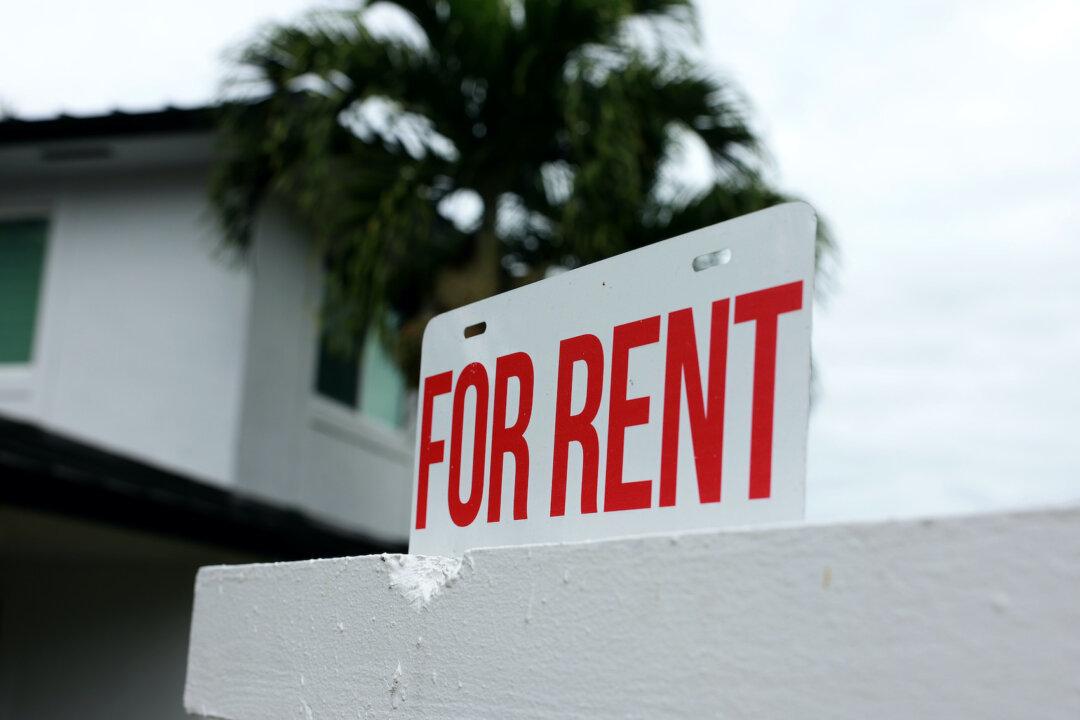Monthly rents across the United States increased in June as part of an accelerating trend into the summer season, according to digital property marketplace Zumper.
On an annual basis, rents for one bedroom units are up by 1.5 percent, with rents for two bedroom units up by 2.1 percent.
“Following a soft winter, [in May] our national index recorded the highest monthly gains since the Fall of 2022 and rent growth has begun to accelerate into summer,” Zumper CEO Anthemos Georgiades said in the report.
The largest increases were seen in Plano, Texas, and Gilbert, Arizona, where monthly rents for one bedroom units rose by 6 percent or more in June. Dallas and Houston, along with Long Beach, California, followed with gains of between 5 percent and 6 percent.
The biggest rent declines during the same period were in Memphis, Tennessee, and Colorado Springs, Colorado, with rents falling by more than 4 percent. Prices declined by about 4 percent in Buffalo, New York.
New York City had the highest median rent for a one bedroom unit at $4,300, followed by Jersey City, New Jersey, at $3,290, San Francisco at $2,960, and Boston and Miami, with median rents at $2,800.
Zumper pointed out that the continued monthly growth in the national rent index “coupled with the current persistent inflation suggests that housing will remain a challenge for the Federal Reserve’s efforts to lower interest rates this year.”
In order to reduce rates, the Fed requires inflation to fall below its 2 percent target. However, annual inflation has remained above 3 percent since June 2023. The market was expecting the Fed to start cutting rates in 2024 as early as possible, given lower inflation.
But Fed Chair Jerome Powell suggested in April that it may not be “appropriate to lower our policy rate until we have greater confidence that inflation is moving sustainably down toward 2 percent.”
“The typical U.S. renter household earns an estimated $54,712 per year, 17.3 percent less ($11,408 in dollar terms) than the $66,120 needed to afford monthly rent for the median-priced U.S. apartment ($1,653),” the report states.
“The amount renters must earn to afford the median-priced apartment is at the highest level since October 2022.”
Redfin calculates that only 39 percent of renters make enough money to afford a median-priced apartment.
Sheharyar Bokhari, senior economist at the brokerage, expressed optimism about rent prices stabilizing. Rents are currently growing at a “snail’s pace” compared with the rapid rise during the COVID-19 pandemic, he said.
Renting Versus Owning
A Bankrate report from April that analyzed the housing markets of the 50 largest U.S. metro areas showed that renting tends to be more affordable than buying a home.The analysis found that a typical home costs almost 37 percent more to buy compared with renting on a monthly basis. The typical monthly mortgage for a median-priced home was found to be $2,703, higher than the typical national rent of $1,979.
“Purchasing a home is a long-term commitment. Home price appreciation has slowed considerably and costs have risen dramatically since the days of 3 percent mortgage rates,” Skylar Olsen, chief economist at tech real estate marketplace Zillow, said.
“So, it’s going to take more time to break even on a purchase compared to renting.”
Meanwhile, buyers can benefit from tax breaks. Interest paid on up to $750,000 in mortgage debt can qualify for tax deductions, with some homes qualifying for deductions based on the type of property.







